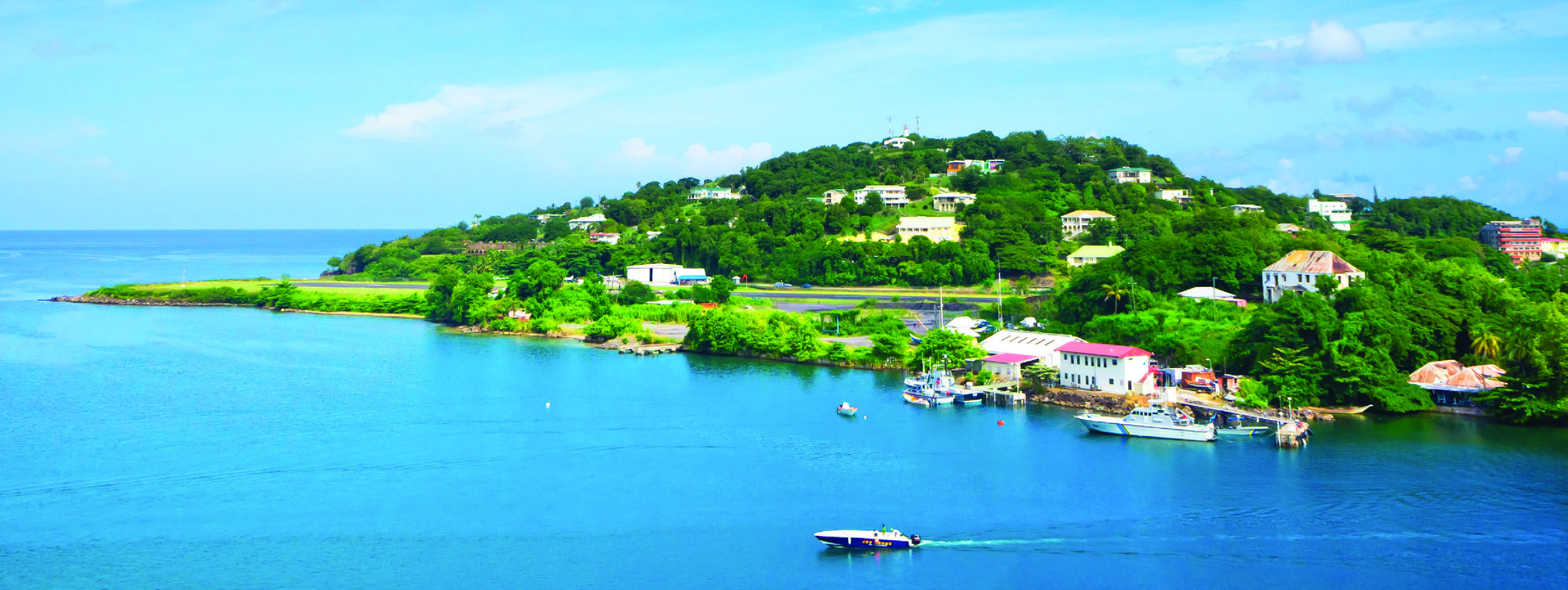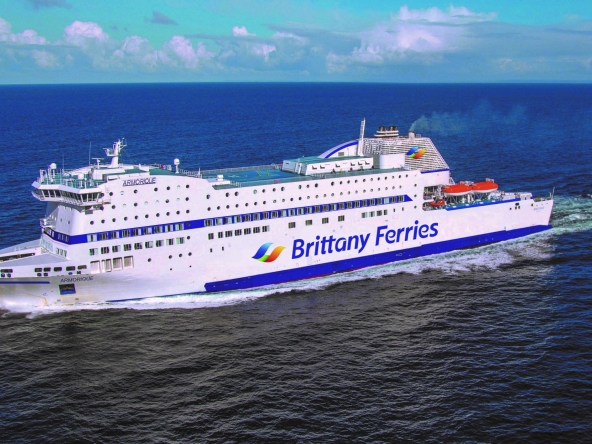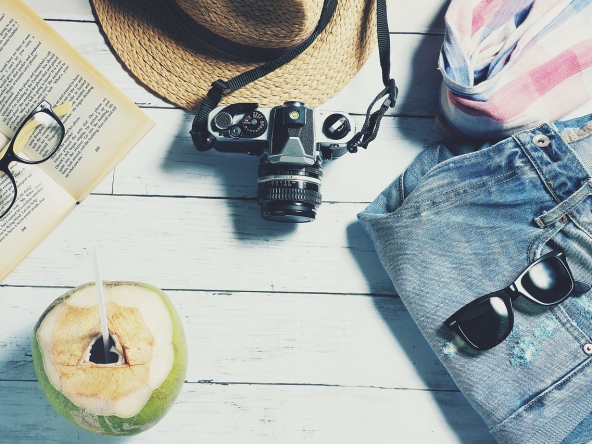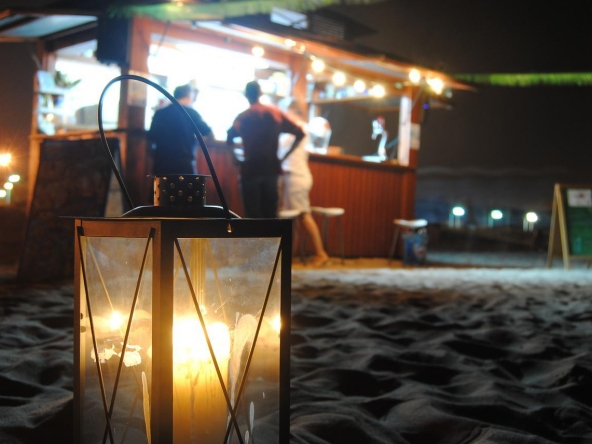Exploring St. Lucia

WITH lovely little towns, beautiful beaches and bays, mineral baths, and banana plantations, you won’t tire of exploring St. Lucia. You can even visit a volcano. If you feel like it.
The capital city of Castries is in the heart of the now extinct volcano. It’s a thriving hub of St Lucia island life, which means the pace occasionally threatens to shift out of first gear. But only threatens. And not for long.
One of the capital’s highlights is Derek Walcott Square, a beautiful green rectangle that’s bordered with, among others, the public library and the island’s most visible Catholic church, the Cathedral.
The square is named after the author who won a Nobel Prize for literature and who was born on the island in 1930.
A few steps away is a plaque commemorating another celebrated island-born figure, Sir William Arthur Lewis, winner of a Nobel Prize for economics, and whose face appears on some of the nation’s $100 bills.
One of the most important French-built religious buildings in the West Indies is the Cathedral, immediately to the edge of the park. Built during the 19th century, it is packed with splendid examples of local craftsmanship.
To the south of Castries is Morne Fortune, the scene of some of the most savage Caribbean battles between the French and the British in the 18th century as the two countries fought for the valuable and fertile lands.
You can visit the military cemetery there, a small museum, the old powder magazine, and the Four Apostles Battery (a quartet of grim muzzle-loading cannons).
Government House, now the official residence of the governor-general of St. Lucia, is worth a visit if only for a sight of the private gardens.
The view of the harbour of Castries is one of the best in the Caribbean – you can see north to Pigeon Island or south to the Pitons and on a clear day (which is most days), you may even spot Martinique.
St. Lucia’s first national park on Pigeon Island is joined to the mainland by a causeway. On its west coast are two white-sand beaches and a restaurant, Jambe de Bois, named after a wooden-legged pirate who once used the island as a hideout.
Pick of the bays on St Lucia is Rodney Bay, a 15-minute drive north of Castries.
Set on a man-made lagoon, it has become a chic centre for nightlife, hotels, and restaurants – in fact, it’s the most active place on the island at night.




